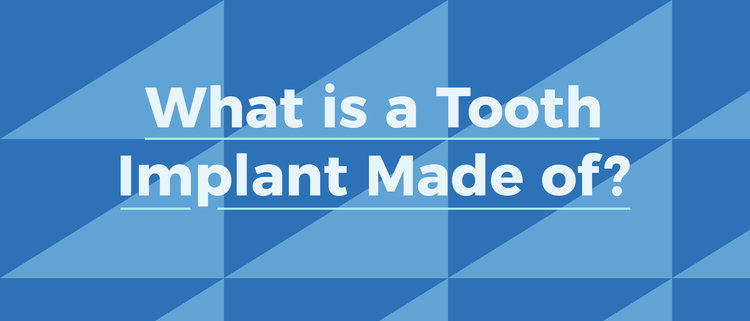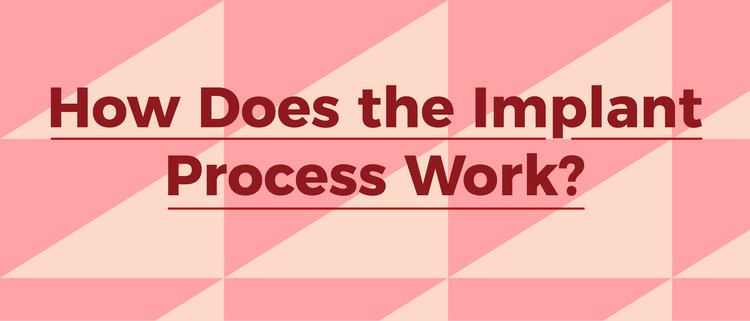So You’re Getting a Tooth Implant
Whether you’ve recently lost a tooth or are only just coming around to the idea of getting a replacement, the tooth implant process can seem a bit scary for most patients.
We’re here to help demystify the process and to help you understand exactly what goes into getting a tooth implant.

Single tooth implants have three parts: the implant itself (which is made of titanium and placed directly into the jawbone), the abutment (which is made of titanium, gold, or porcelain and is attached to the implant/connects the implant to the new tooth), and the restoration (the ‘tooth’ itself, also called a crown).
The crown is the part of the implant that’s visible in your mouth and is typically made of porcelain fused to metal alloy. Once it’s been placed in the mouth, the screw hole will be covered with a tooth-coloured filling material called composite.

The bone of your jaw must be strong enough to hold the implant, and the surrounding oral health structures (teeth, gums etc) must be healthy enough to withstand the process.

There is no set time for how long it will take your dentist to complete the tooth implant process, as it depends entirely on the patient. That being said, the shortest time frame for a complete implant using the traditional method is about five or six months, though it can take up to a year or more – especially if the jaw is weak and the bone needs to be built up first.

In the traditional method, your dentist will perform two procedures: One to make a small incision in the gum and bone/place the implant, and the second to make a new incision to place a collar (or healing cap) on top of the implant to help the surrounding tissue heal. The cap is removed after a few weeks and the abutment is screwed into the implant, followed by the crown.
Your dentist may choose to place the healing cap and implant at the same time, or may do everything in one procedure with the implant, abutment, and a temporary crown or bridge placed all in one visit.

You’ll visit your dentist for an initial consultation before any actual dental work is done. You will be given a comprehensive examination and your dentist will take X-Rays and create impressions of your teeth and gums to make models. A CT scan may also occur to help determine if your jawbone is strong enough to hold the implants in place. If the jawbone is not strong enough, your dentist will suggest options for building up the bone ranging from bone grafts to distraction, a process in which more bone is grown.

Your dentist will place the implant into your jaw. The implant will essentially serve as the root of your new ‘tooth’ in your jawbone. During the time between your first and second surgery (often four or five months), the implant and your jawbone will fuse together.

This surgery is less tricky than the initial surgery as one new incision is made to expose the top of the implant. A healing cap is then placed on top of the exposed implant to guide the healing of the gum tissue. The healing cap (or collar) is removed after the gum tissue has healed and the abutment is screwed into the implant.
A temporary crown is then placed on the implant and will remain in your mouth for the next four to six weeks so the gums can heal around it and look natural. The temporary crown is intended to cushion and protect the implant while giving your jawbone time to get stronger. The material of the temporary crown is softer than that of the permanent crown.

Last but not least, it’s time for the dentist to place the permanent crown (which is created while you are wearing your temporary crown). It is created from a model of your teeth and gums (including the abutment) and is either cemented or screwed into place.
